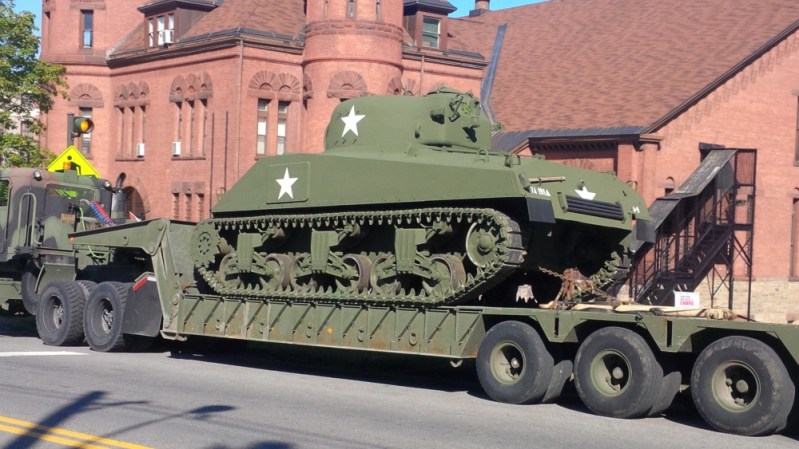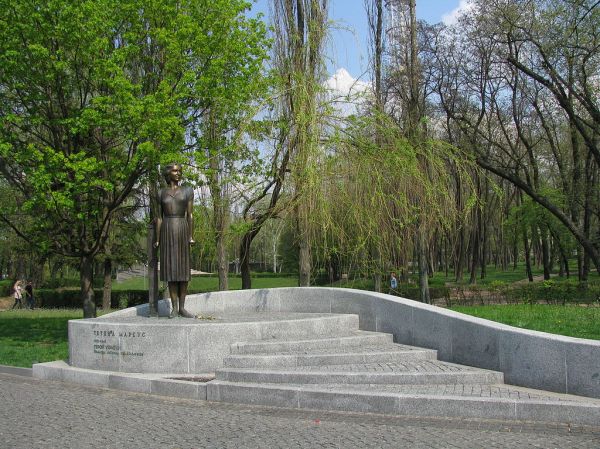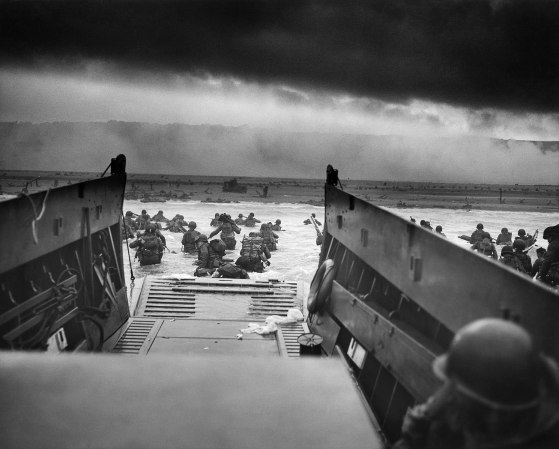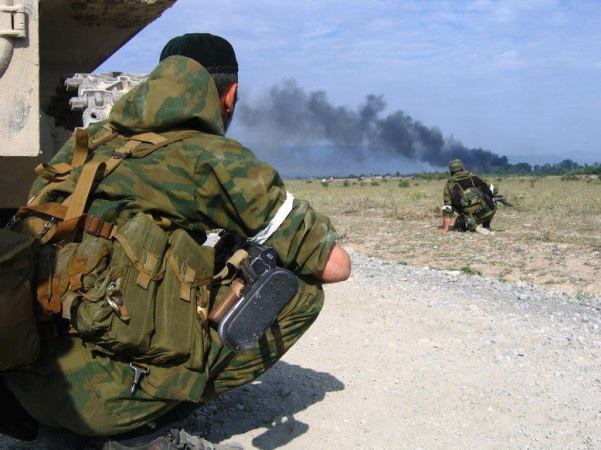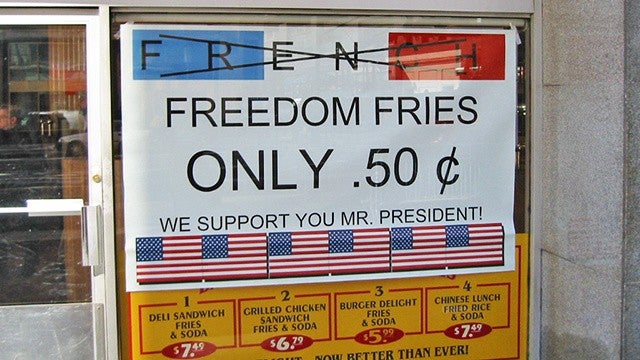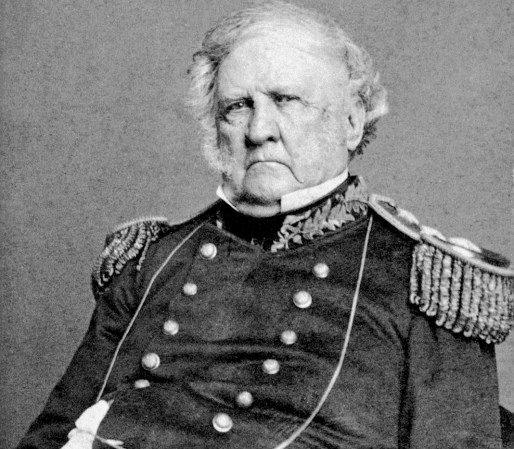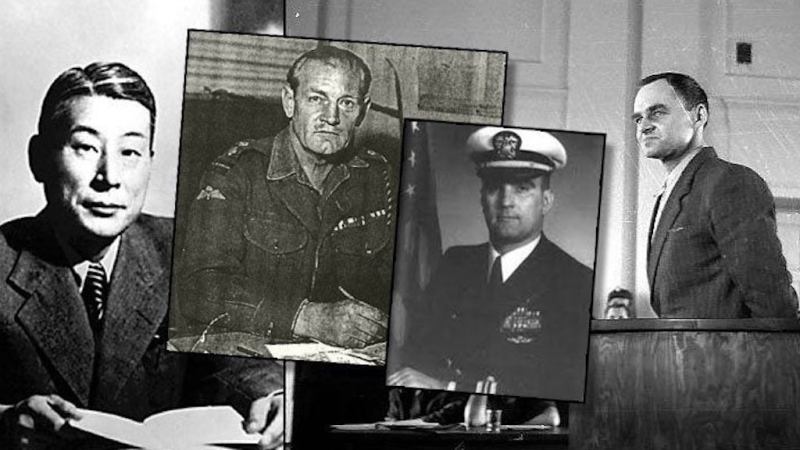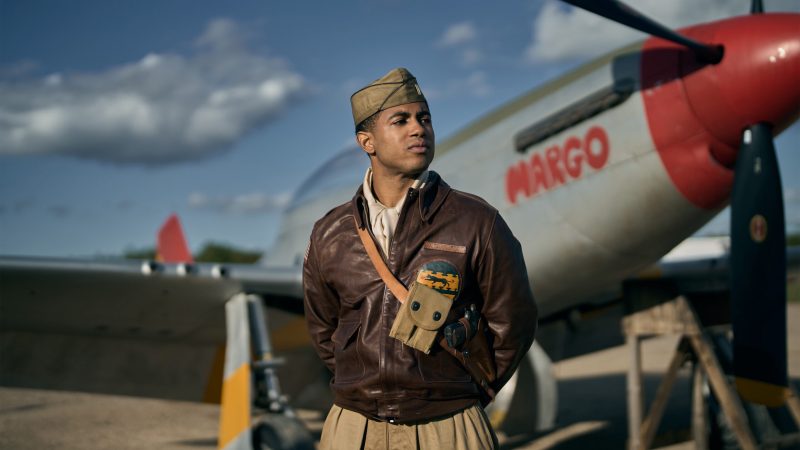On Aug. 15, 1944, a massive flotilla carrying approximately 200,000 heavily armed invaders surged from the Atlantic Ocean into Southern France. The men of the 6th Army Group were there to kill Nazis and chew bubblegum, and they were all out of bubblegum. It’s the invasion you’ve never heard of but should have.

The invasion of Southern France was originally planned as part of D-Day, but was pushed back due to a shortage of landing craft and slow progress of forces moving up Italy. By the time the allied armies were ready to make their landings, some leaders were pushing to change the plan.
British Prime Minister Winston Churchill wanted to use the resources and manpower dedicated to Operation Dragoon, as the invasion was called, to instead push harder through Italy or to land in the Balkans.
An Italian operation could have knocked the country out of the war faster. The Balkan operation would have robbed Germany of needed oil while also limiting the amount of territory that was gained by the Red Army, putting the other Allied powers in a better position against the Soviets after the war.
But Allied commander Gen. Dwight D. Eisenhower was adamant that Operation Dragoon should be launched to draw away German forces battling the Allied troops marching east from Normandy. Operation Dragoon would also deliver Marseille and Toulon, large port cities that could facilitate reinforcements and supplies for the push to Berlin, to the allies.

So the men of 6th Army Group made their landings on a 35-mile beachhead Aug. 15 and immediately began moving north. German supply and communications lines had been attacked by French partisans and the allied forces capitalized on the confusion, attacking German units as they found them.
British and American paratroopers jumped into Le Muy to the north of the beaches. 1,300 Allied bombers from four aircraft carriers and a number of land bases began striking railroads, bridges, and other infrastructure. Naval ships positioned off the French Riviera began firing on targets fed to them by spotting aircraft.

German troops conscripted from occupied territories quickly surrendered to the Allies. Germany’s Army Group G attempted to delay the Allied forces but was hampered by a lack of equipment and manpower. Also, many of their troops were sent there to recover from wounds received in other theaters, limiting their effectiveness.
Army Group G began preparations to retreat in the first day of fighting.
By Aug. 17, Hitler had authorized the retreat and the U.S. 6th Army Group and the German Army Group G engaged in a chase across miles of southern France. As most of the American and British soldiers in the invasion pushed north to chase the Germans, a number of French troops swung west to liberate the ports at Marseilles and Toulon.
The Allied push north stayed on the offensive, liberating town after town. The American forces eventually met up with Lt. Gen. George S. Patton’s Third Army in early Sep. 1944. The German Army Group G did escape with many of their men.
Allied casualties in the fighting approached 20,000 but the Allied forces captured 100,000 German troops while killing and wounding a number of others.





